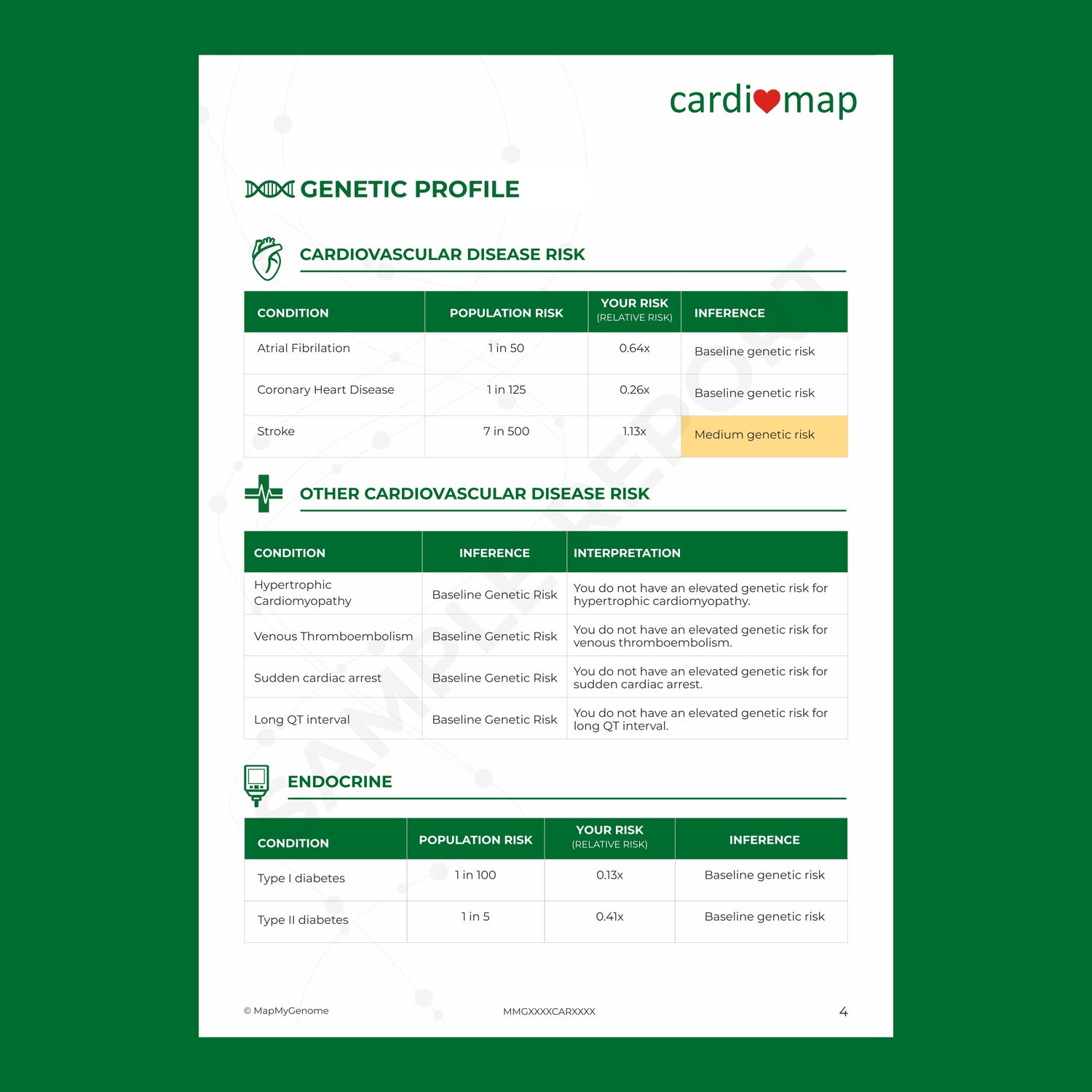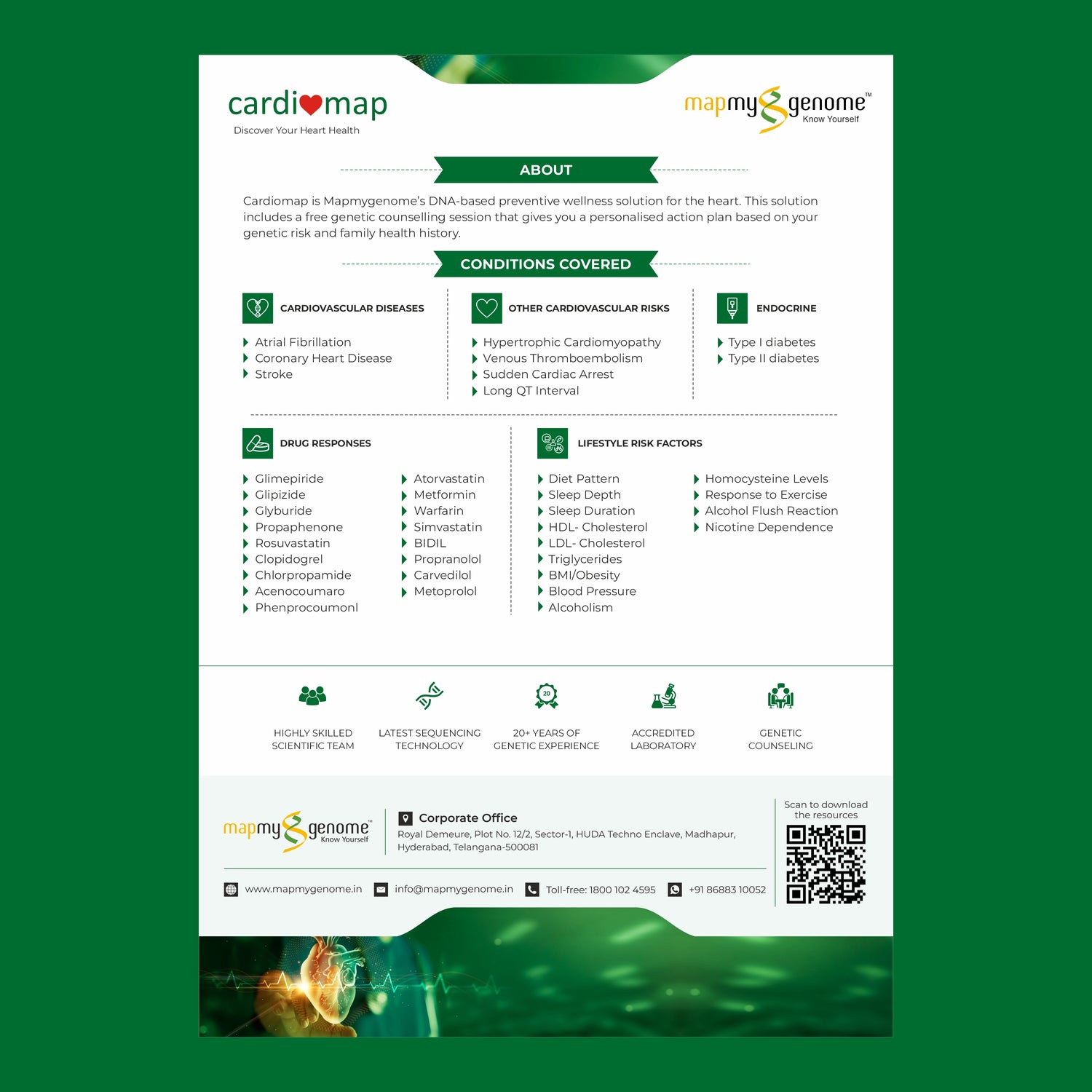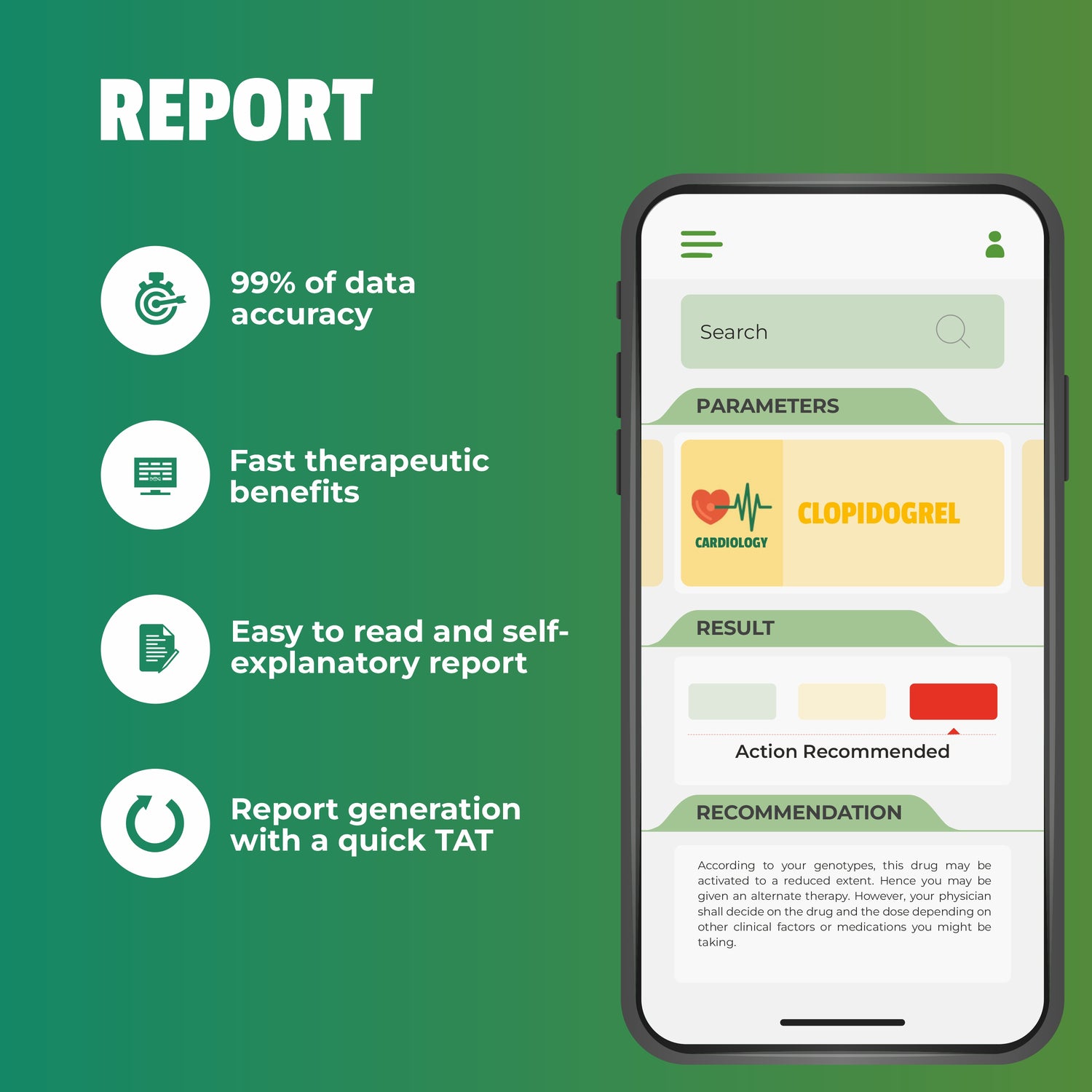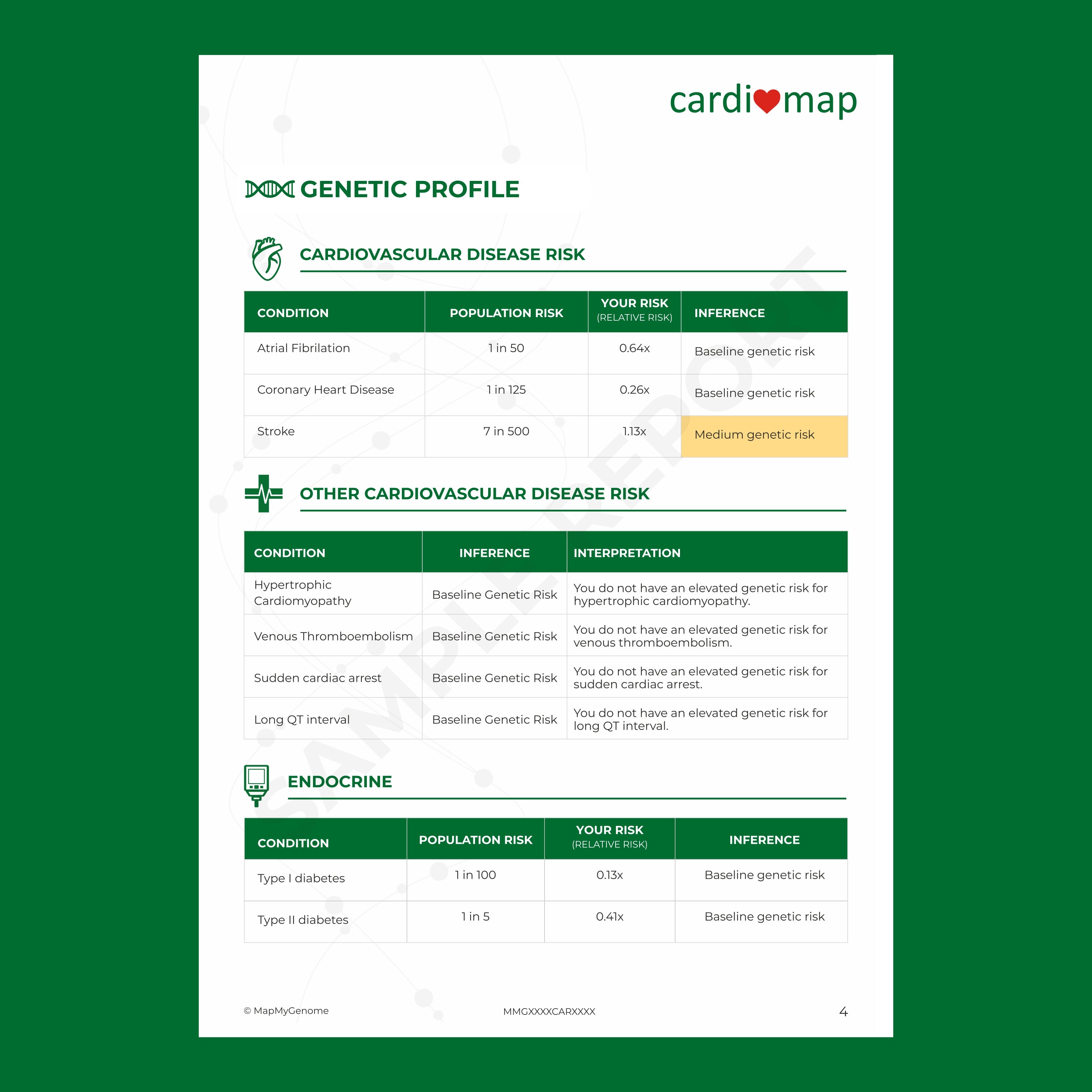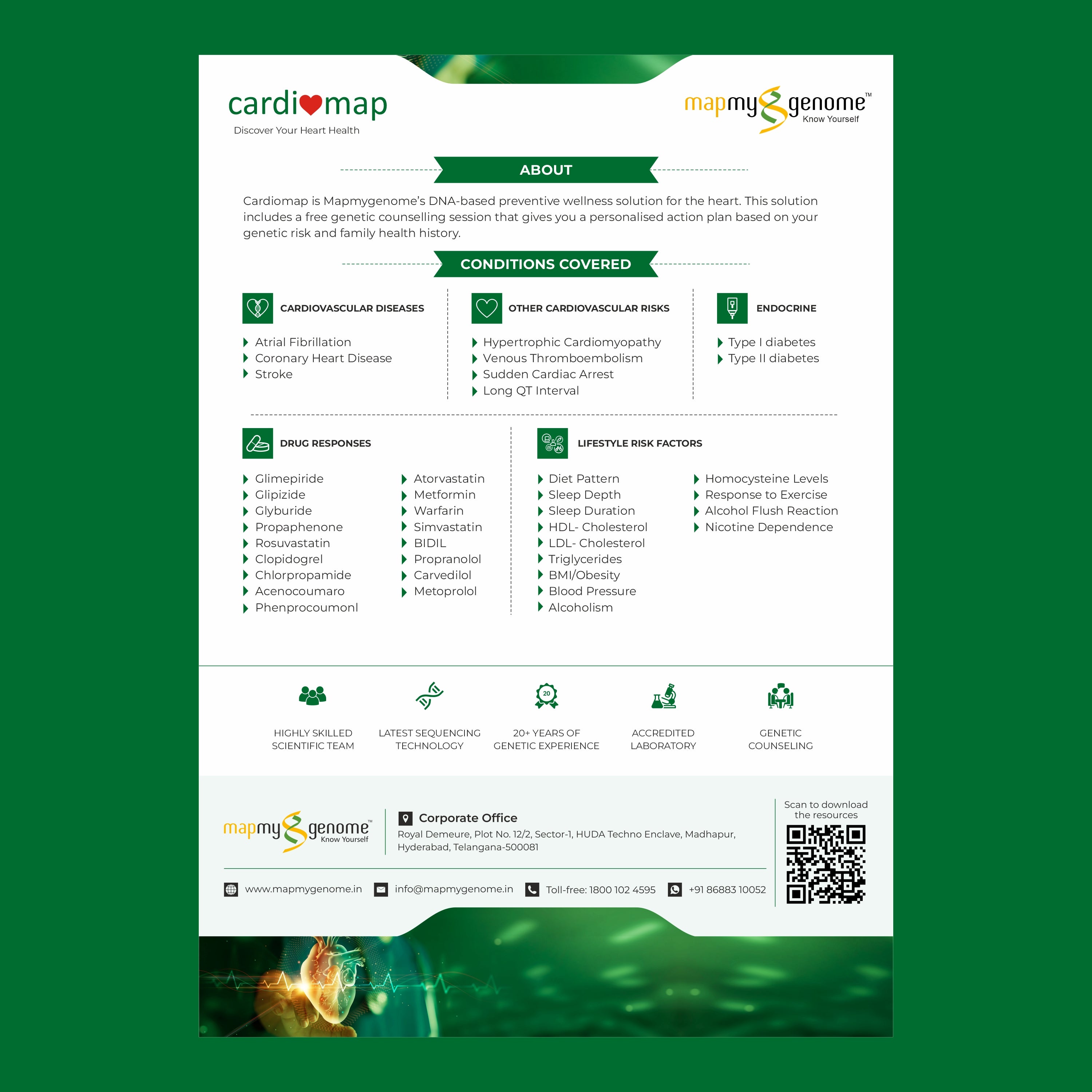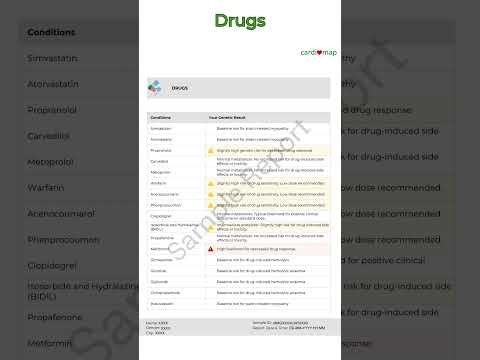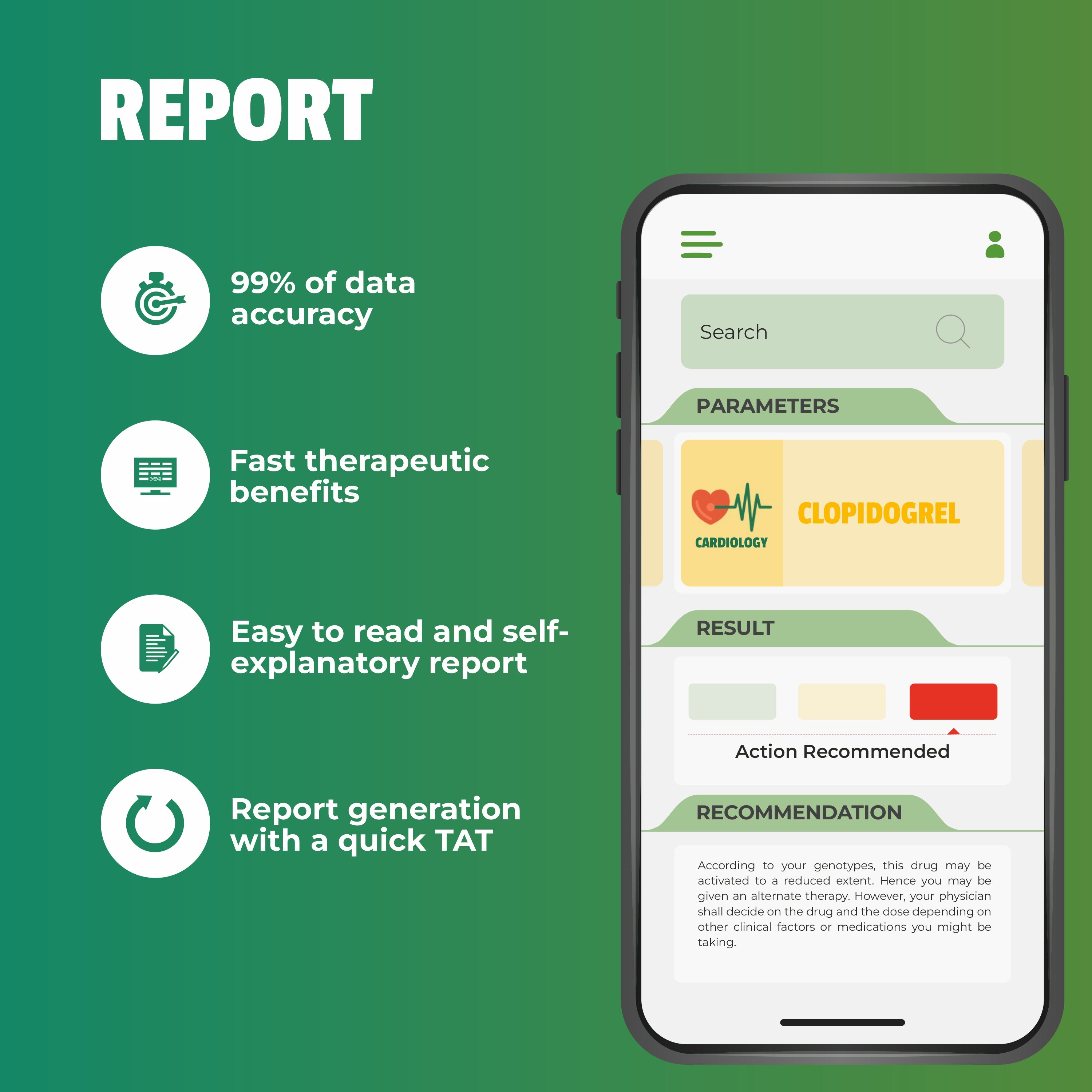Cardiovascular workouts, commonly known as cardio, are a staple in many fitness routines. Whether you're aiming to weight loss, boost your endurance, or simply maintain a healthy heart, understanding the nuances of cardio workouts can help you achieve your goals more effectively. In this blog post, we'll explore the truth about cardio workouts, debunk common myths, and provide tips for optimizing your health through effective cardiovascular exercise.
What is Cardio?
Cardio refers to any exercise that raises your heart rate and keeps it elevated for a prolonged period. This includes activities like running, cycling, swimming, and even brisk walking. The primary goal of cardio workouts is to improve your cardiovascular system, which includes your heart, lungs, and blood vessels.
Benefits of Cardio Workouts
1. Heart Health
Cardio exercises strengthen the heart, making it more efficient at pumping blood. This reduces the risk of heart diseases, hypertension, and stroke. Regular cardio workouts can lower your resting heart rate and improve overall cardiovascular health.
2. Weight Loss
One of the most popular reasons people engage in cardio is to burn calories and lose weight. Cardio workouts can help create a calorie deficit, which is essential for weight loss. Combined with a healthy diet, cardio can be an effective tool for managing your weight.
3. Improved Endurance
Cardio workouts enhance your body's ability to utilize oxygen, which increases your stamina and endurance. This is particularly beneficial for athletes and individuals who participate in physical activities that require sustained effort.
4. Mental Health
Cardio exercises have been shown to reduce stress, anxiety, and depression. The release of endorphins during a cardio workout can improve mood and provide a sense of well-being.
5. Better Sleep
Engaging in regular cardio workouts can help regulate sleep patterns, leading to better quality sleep. Improved sleep contributes to overall health and well-being.
Common Myths About Cardio
Myth 1: Cardio is the Best Way to Lose Weight
While cardio is an effective way to burn calories, it shouldn't be the only component of your fitness routine if your goal is weight loss. Strength training and a balanced diet are equally important. Strength training helps build muscle, which can increase your resting metabolic rate, leading to more calories burned even when you're not exercising.
Myth 2: More Cardio is Always Better
Excessive cardio can lead to overtraining and increase the risk of injury. It's important to balance cardio with rest and other forms of exercise, such as strength training and flexibility workouts. Overdoing cardio can also lead to muscle loss if not combined with strength training.
Myth 3: Cardio is Only for Weight Loss
Cardio offers a multitude of benefits beyond weight loss, including improved heart health, increased endurance, and better mental health. Everyone, regardless of weight goals, can benefit from incorporating cardio into their fitness routine.
Myth 4: You Need Long Sessions of Cardio for Results
Even short bursts of cardio, like high-intensity interval training (HIIT), can be effective. HIIT involves alternating between short periods of intense exercise and rest or low-intensity exercise. This approach can provide similar benefits to longer cardio sessions in less time.
Tips for Effective Cardio Workouts
1. Mix It Up
Incorporate a variety of cardio exercises into your routine to keep things interesting and work different muscle groups. For example, alternate between running, cycling, swimming, and aerobic classes.
2. Listen to Your Body
Pay attention to how your body feels during and after workouts. If you experience pain or excessive fatigue, it might be a sign that you need to rest or adjust your workout intensity.
3. Set Realistic Goals
Establish achievable goals based on your fitness level and gradually increase the intensity and duration of your workouts. This approach helps prevent burnout and reduces the risk of injury.
4. Stay Hydrated
Proper hydration is crucial for maintaining energy levels and preventing cramps during cardio workouts. Drink water before, during, and after your exercise sessions.
5. Combine Cardio with Strength Training
Incorporating strength training into your fitness routine can enhance the benefits of cardio. Building muscle helps improve metabolism, which aids in weight management and overall fitness.
6. Warm-Up and Cool Down
Always include a warm-up and cool-down phase in your cardio workouts. Warming up prepares your body for exercise, while cooling down helps your body return to its resting state and reduces the risk of injury.
The Role of Early Detection and Diagnosis
Early detection and diagnosis of heart-related issues can significantly improve outcomes and prevent complications. Regular cardio workouts can help maintain heart health, but it's also important to monitor your cardiovascular system through regular check-ups and screenings. Genetic testing, like MapmyGenome's Cardiomap, can provide insights into your predisposition to heart conditions, allowing for proactive management and tailored fitness plans.
Conclusion
Cardio workouts are a vital component of a balanced fitness routine, offering numerous benefits for your heart, weight management, and overall well-being. By understanding the truth about cardio and debunking common myths, you can make informed decisions and optimize your workouts for better health. Remember to combine cardio with strength training, set realistic goals, and listen to your body to achieve the best results.
Investing in your cardiovascular health through regular exercise and early detection can lead to a healthier, more active life. Explore genetic testing options like MapmyGenome's Cardiomap to gain deeper insights into your heart health and create a personalized fitness plan that supports your long-term wellness goals.




